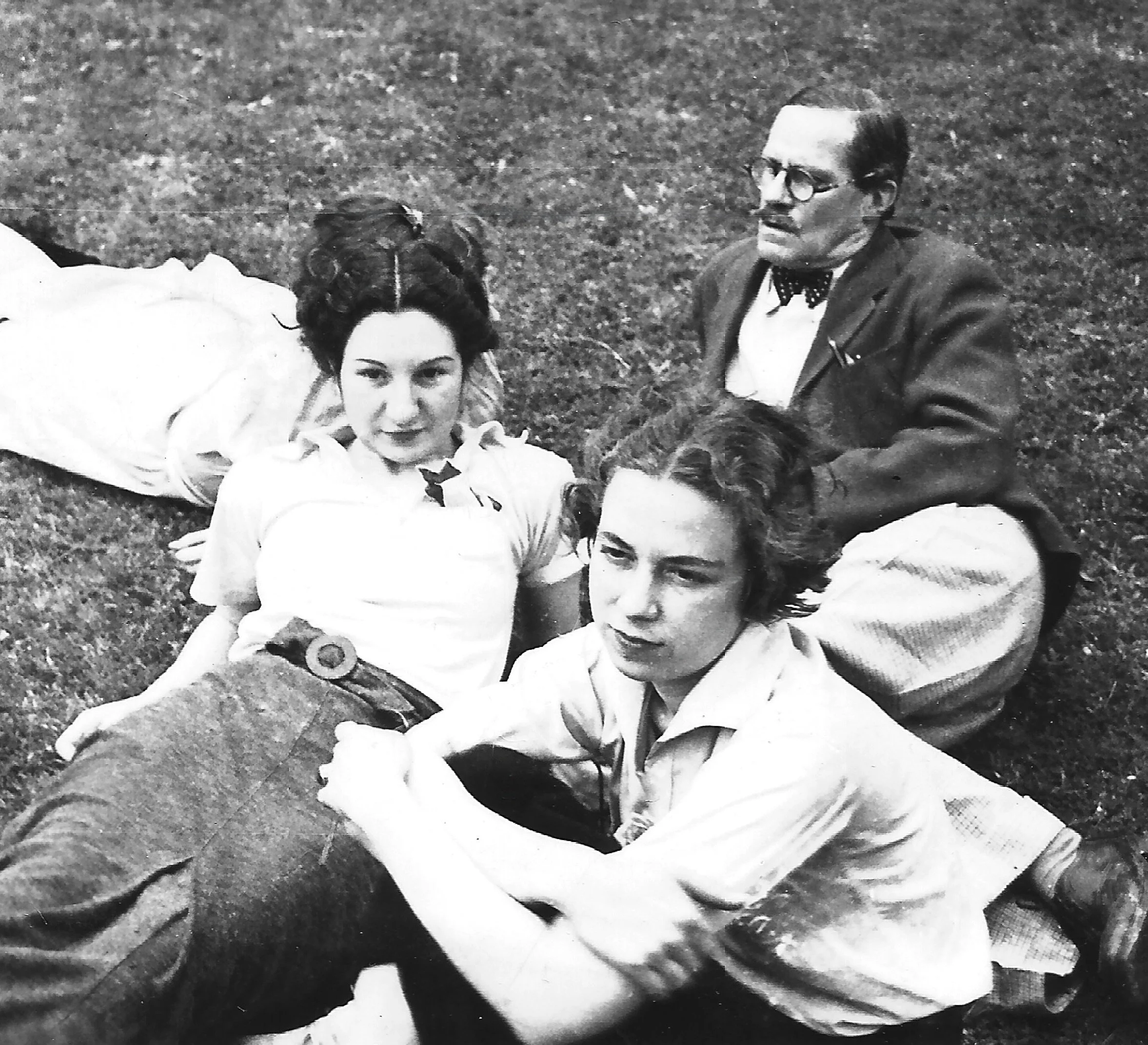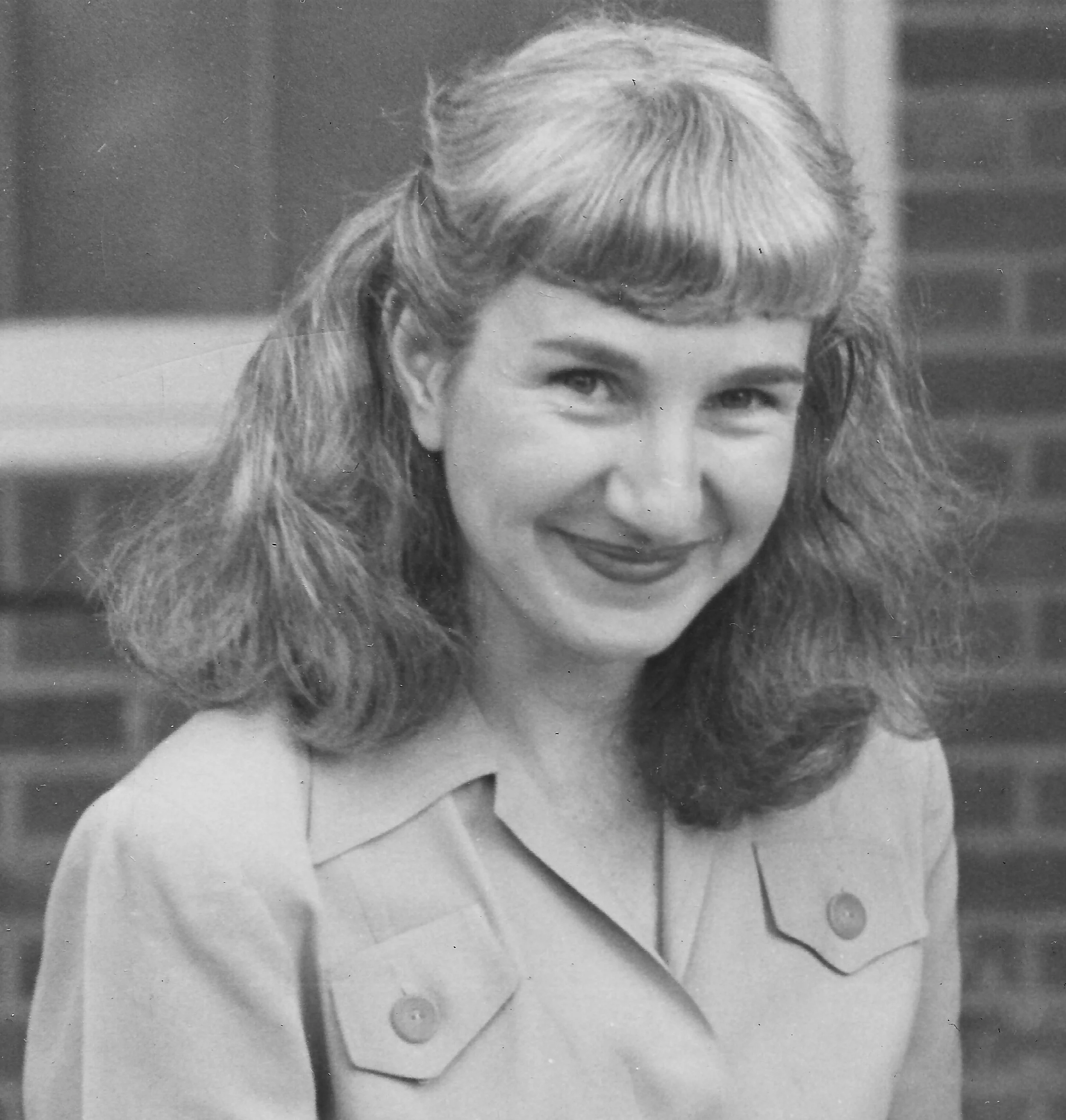Jane in Jackson, Mississippi, 1940
Jane with fellow students and teacher George Oberteuffer, Memphis Art Academy, 1934
Jane in Jackson, Mississippi, 1947
JANE ROTH LILIENTHAL (1914-1983) Like many other American artists who came of age during the Great Depression, Jane Lilienthal’s painting was initially influenced by the representational art of the WPA’s Federal Art Project and then blossomed into abstraction after World War II.
Born in Chicago and raised in Memphis, Jane Roth attended the Memphis Academy of Art from 1924 to 1937. In her last three years at the Academy, she studied under American post-impressionist George Oberteuffer and his wife, the French artist Henriette Amiard Oberteuffer, whose 1939 WPA mural adorns the courthouse of the Federal Building in Vicksburg, Mississippi.
After her marriage to Allen Lilienthal, MD, in Memphis in 1938, the couple moved to Mississippi for his residency in thoracic surgery. Dr. Lilienthal’s service in World War II took the young family to the West Coast, and after the war they settled in the San Francisco Bay Area where Lilienthal studied with artists Earl Pierce (a protégé’ of Hans Hoffman), Kenneth Washburn, and Leonard Breger, and found a community of like-minded artists in their classes. In 1976, she and her husband moved to Salinas, California.
Like so many women artists of the 20th century, Jane Lilienthal defied the expectations and demands of her era and never stopped making art, despite the responsibilities of raising three children, the eldest severely disabled by mental illness, and her own 18-year battle with cancer.


